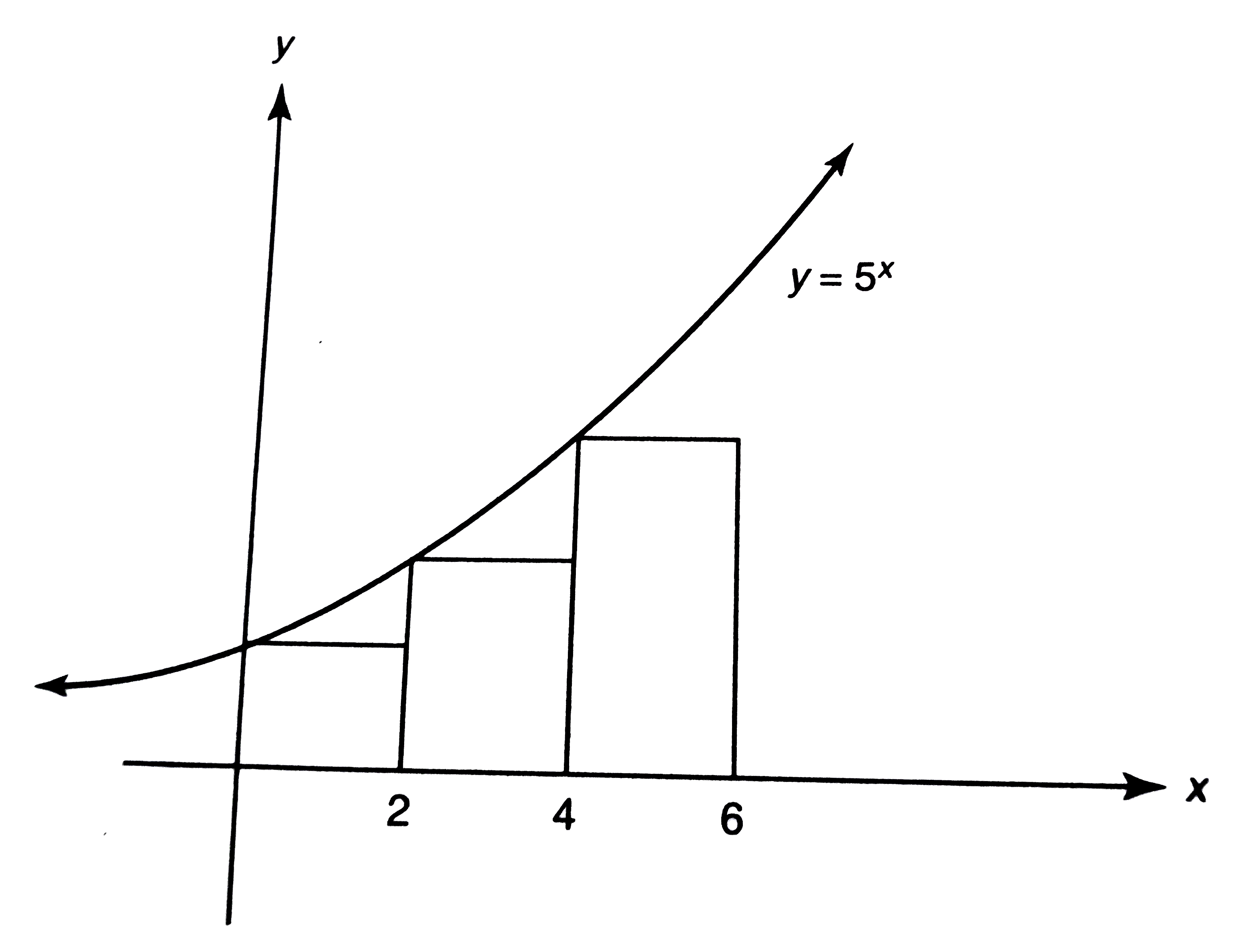If f(x)=√ax+a2√ax, then f(a)=
-1
1
0
a
The correct Answer is:C
To solve the problem, we need to find the derivative of the function f(x)=√ax+a2√ax and then evaluate it at x=a.
1. Rewrite the Function:
We start with the function:
f(x)=√ax+a2√ax
We can express √ax as √a⋅√x and a2√ax as a2⋅1√ax=a2⋅1√a⋅√x=a3/2⋅x−1/2.
2. Differentiate f(x):
The function can now be rewritten as:
f(x)=√a⋅x1/2+a3/2⋅x−1/2
We will differentiate f(x) using the power rule:
f′(x)=ddx(√a⋅x1/2)+ddx(a3/2⋅x−1/2)
- The derivative of √a⋅x1/2 is:
√a⋅12x−1/2=√a2√x
- The derivative of a3/2⋅x−1/2 is:
a3/2⋅(−12x−3/2)=−a3/22x3/2
Therefore, combining these results, we have:
f′(x)=√a2√x−a3/22x3/2
3. Evaluate f′(a):
Now we substitute x=a into f′(x):
f′(a)=√a2√a−a3/22a3/2
Simplifying this gives:
f′(a)=12−12=0
Final Answer:
Thus, the value of f′(a) is:
0
We start with the function:
f(x)=√ax+a2√ax
We can express √ax as √a⋅√x and a2√ax as a2⋅1√ax=a2⋅1√a⋅√x=a3/2⋅x−1/2.
The function can now be rewritten as:
f(x)=√a⋅x1/2+a3/2⋅x−1/2
We will differentiate f(x) using the power rule:
f′(x)=ddx(√a⋅x1/2)+ddx(a3/2⋅x−1/2)
- The derivative of √a⋅x1/2 is:
√a⋅12x−1/2=√a2√x
- The derivative of a3/2⋅x−1/2 is:
a3/2⋅(−12x−3/2)=−a3/22x3/2
Therefore, combining these results, we have:
f′(x)=√a2√x−a3/22x3/2
Now we substitute x=a into f′(x):
f′(a)=√a2√a−a3/22a3/2
Simplifying this gives:
f′(a)=12−12=0
Thus, the value of f′(a) is:
0
Topper's Solved these Questions
- CENGAGE PHYSICS DPPBOOK - CENGAGE PHYSICS ENGLISHCHAPTER - CENGAGE PHYSICS DPPEXERCISE - Comprehension Type
31 Videos
- CENGAGE PHYSICS DPPBOOK - CENGAGE PHYSICS ENGLISHCHAPTER - CENGAGE PHYSICS DPPEXERCISE - Multiple correct Answer Type
54 Videos
- CENGAGE PHYSICS DPPBOOK - CENGAGE PHYSICS ENGLISHCHAPTER - CENGAGE PHYSICS DPPEXERCISE - Fill in the blanks type
26 Videos
- CAPACITOR AND CAPACITANCEBOOK - CENGAGE PHYSICS ENGLISHCHAPTER - CAPACITOR AND CAPACITANCEEXERCISE - Integer
5 Videos
- COULOMB LAW AND ELECTRIC FIELDBOOK - CENGAGE PHYSICS ENGLISHCHAPTER - COULOMB LAW AND ELECTRIC FIELDEXERCISE - Single Answer Correct Type
22 Videos
Similar Questions
Knowledge Check
If f(x) = x√x , then f(√2)=
 A1.4B1.5C1.6D2.0
A1.4B1.5C1.6D2.0
The derivative of f(x)=(√x+1√x)2 is
View SolutionIf f(x)=√4−x2+√x2−1 , then the maximum value of (f(x))2 is ____________
View SolutionIf f(x)=√4−x2+√x2−1 , then the maximum value of (f(x))2 is ____________
View SolutionIf f(x) =x−42√x, then f′(1) is equal to
View SolutionIf f(x)=a+√a2−x2+x√a2−x2+a−x where a>0 then f'(0) has the value equal to
View SolutionIf f:R→R,f(x)=√x2+1−3x√x2+1+x then find the range of f(x).
View SolutionIf f(x)=√x+2√2x−4+√x−2√2x−4 then the value of 10 f'(102+), is
View Solution
